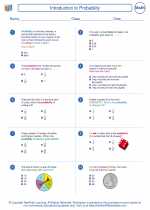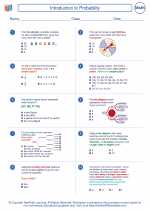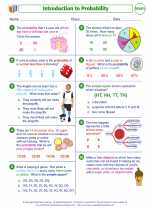Cloud Cover
Cloud cover refers to the fraction of the sky that is covered by clouds at any given time. It is usually expressed as a percentage, with 0% indicating clear, blue skies and 100% indicating completely overcast conditions.
Factors Affecting Cloud Cover
Cloud cover is influenced by several factors, including:
- Moisture: The amount of moisture in the atmosphere affects the formation and persistence of clouds.
- Temperature: Warmer air can hold more moisture, which can lead to increased cloud formation.
- Wind: Wind patterns can transport clouds to different locations, affecting the overall cloud cover in a particular area.
- Topography: The presence of mountains, bodies of water, and other geographical features can influence cloud formation and movement.
Measurement and Observation
Cloud cover is typically measured using instruments such as ceilometers, satellites, and ground-based sky cameras. Additionally, cloud cover can be visually estimated by trained observers using standardized methods.
Impact on Weather and Climate
Cloud cover plays a crucial role in regulating Earth's temperature and influencing weather patterns. It affects the amount of solar radiation reaching the Earth's surface and can contribute to the formation of precipitation.
Study Guide
To study cloud cover effectively, consider the following steps:
- Understand the factors that influence cloud formation and cover, including moisture, temperature, wind, and topography.
- Learn about the different types of clouds and their characteristics.
- Explore the methods used to measure and observe cloud cover.
- Examine the impact of cloud cover on weather and climate, including its role in temperature regulation and precipitation formation.
- Practice interpreting cloud cover data and making predictions about weather conditions based on cloud cover observations.
◂Math Worksheets and Study Guides Seventh Grade. Introduction to Probability

 Worksheet/Answer key
Worksheet/Answer key
 Worksheet/Answer key
Worksheet/Answer key
 Worksheet/Answer key
Worksheet/Answer key
 Worksheet/Answer key
Worksheet/Answer key
